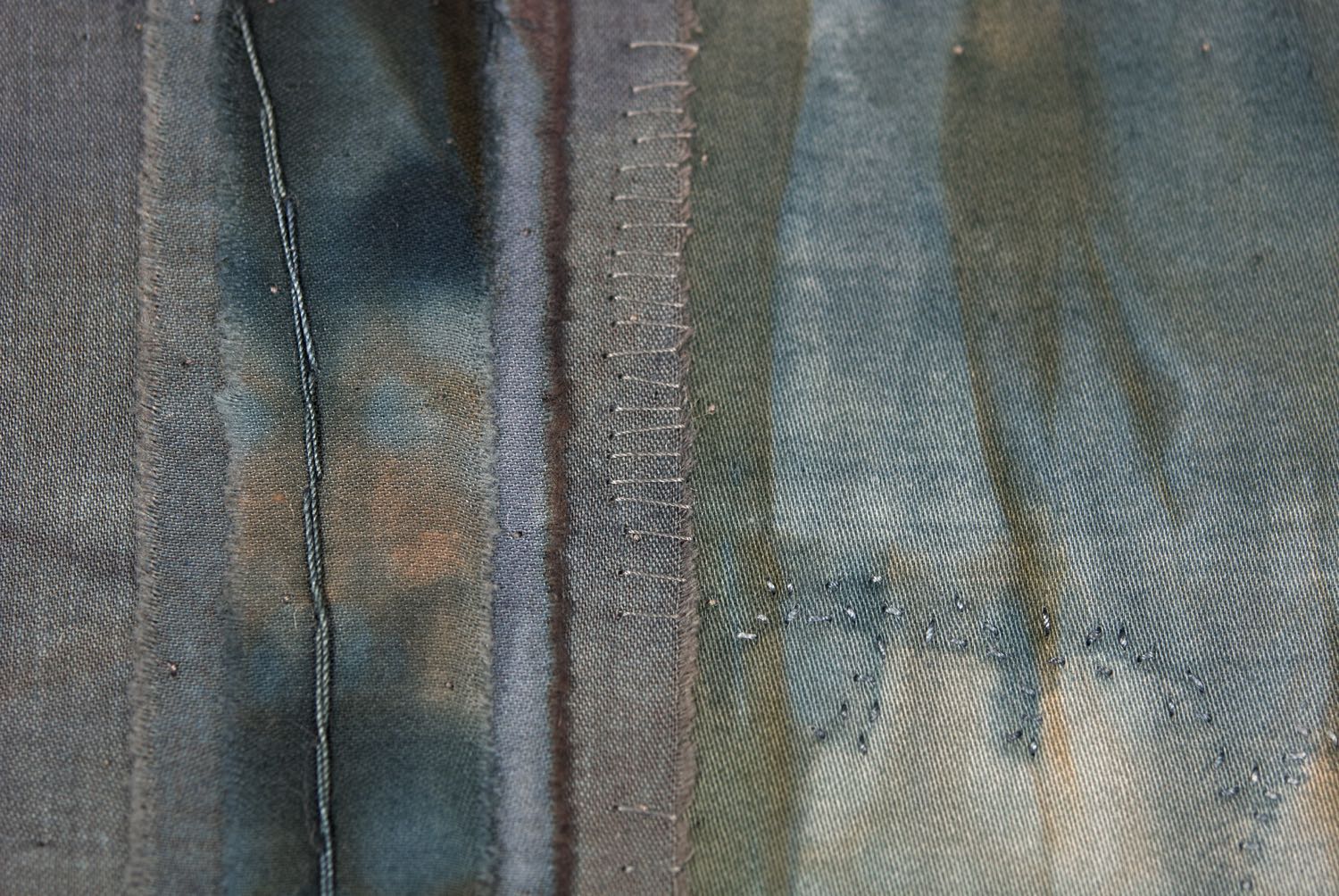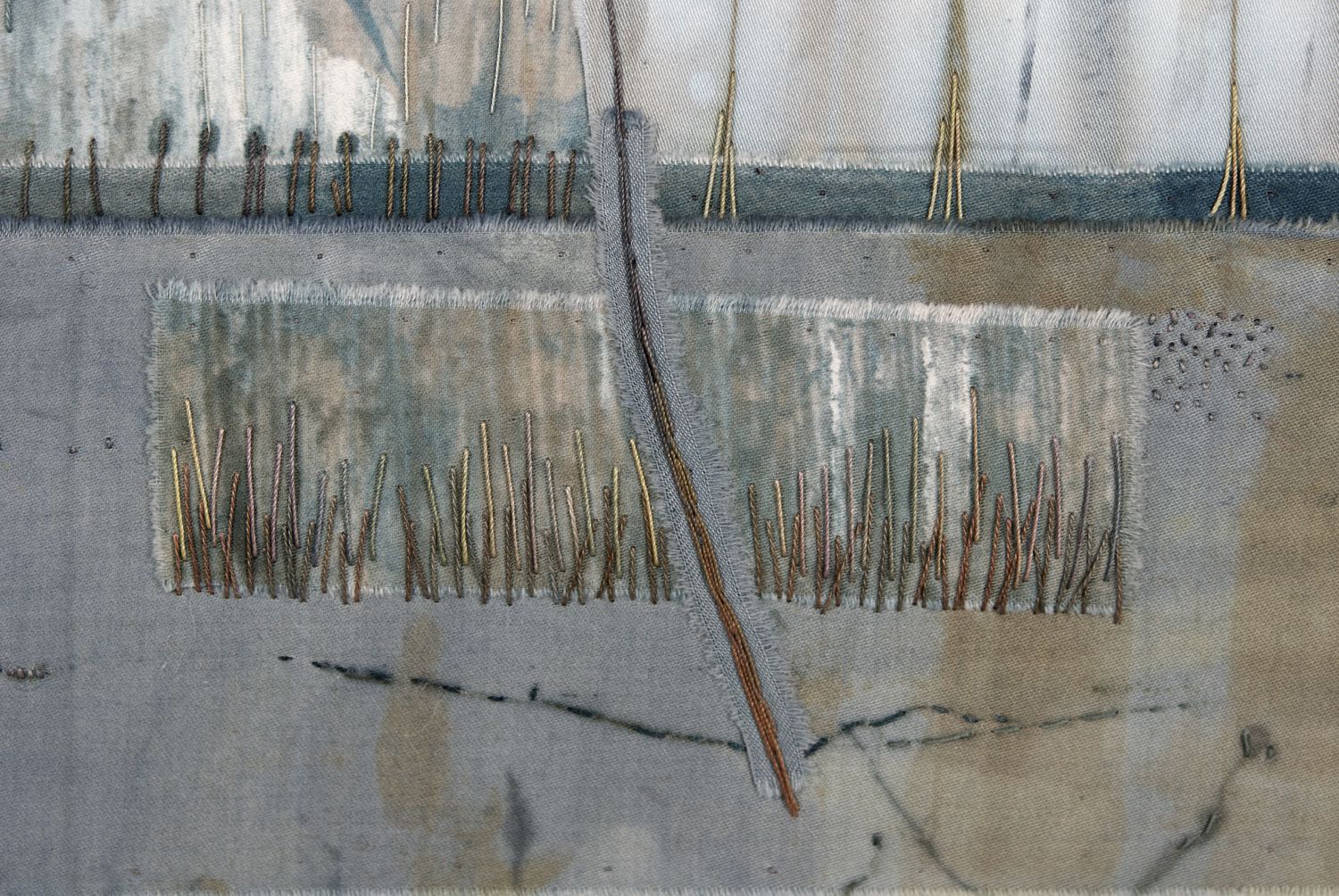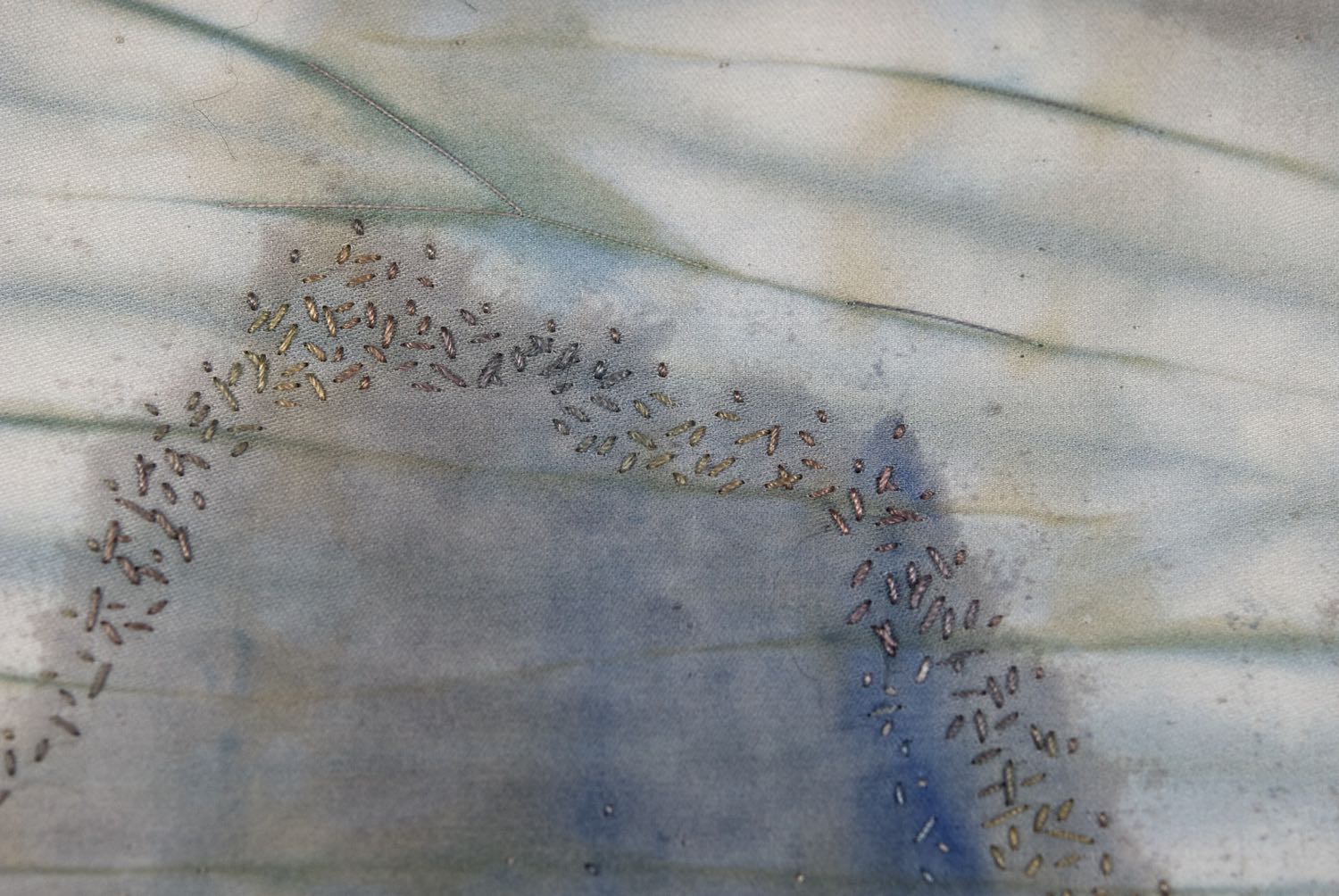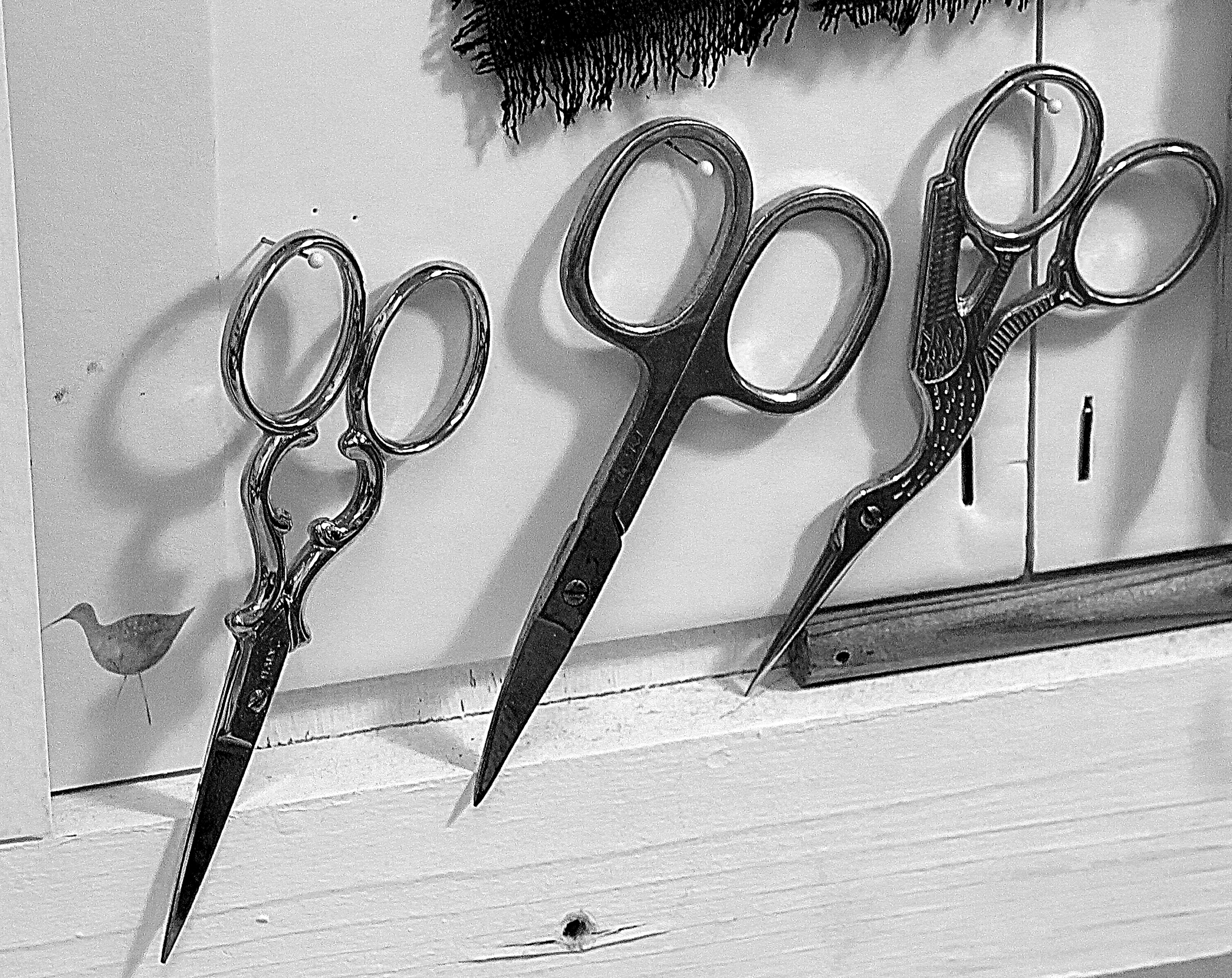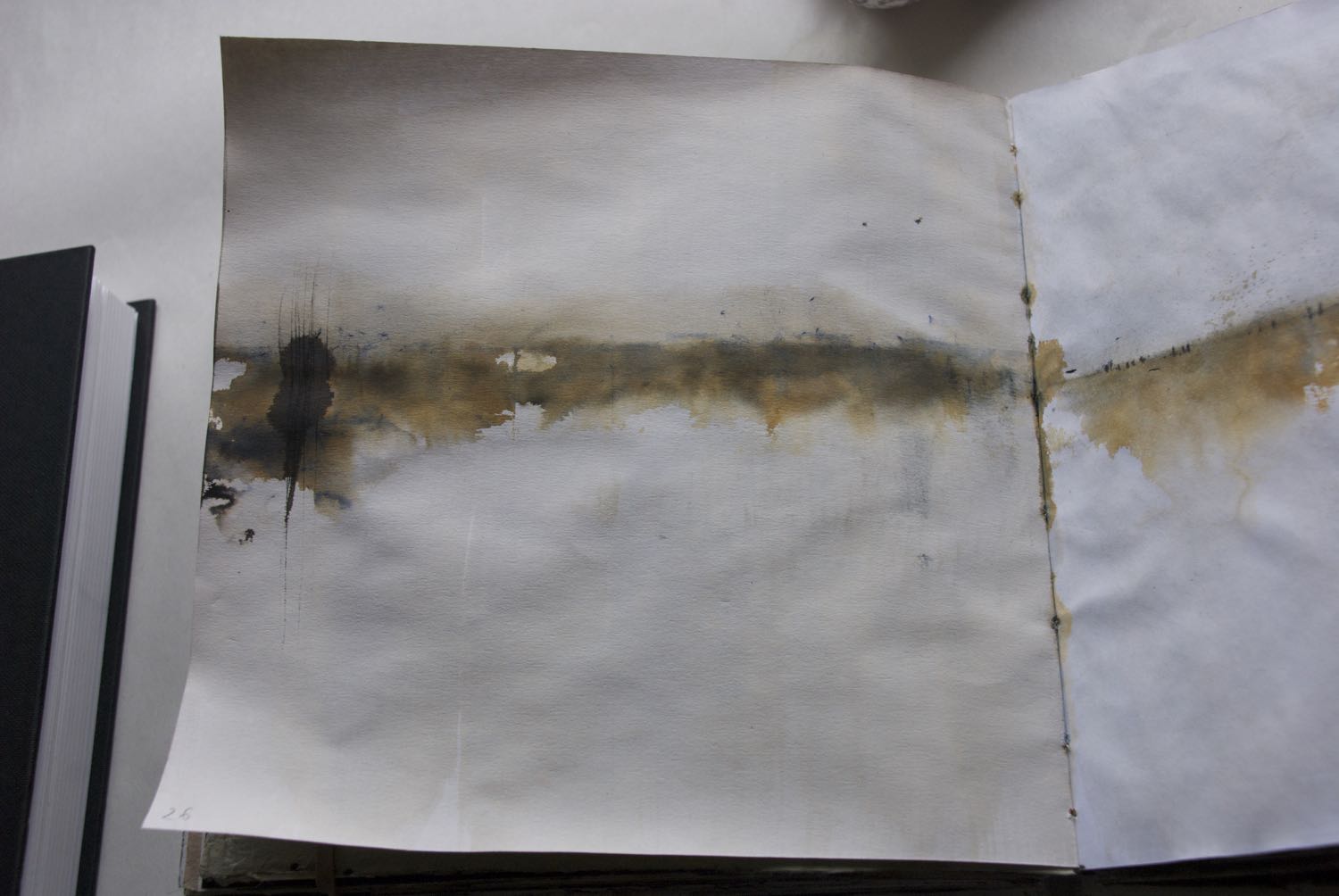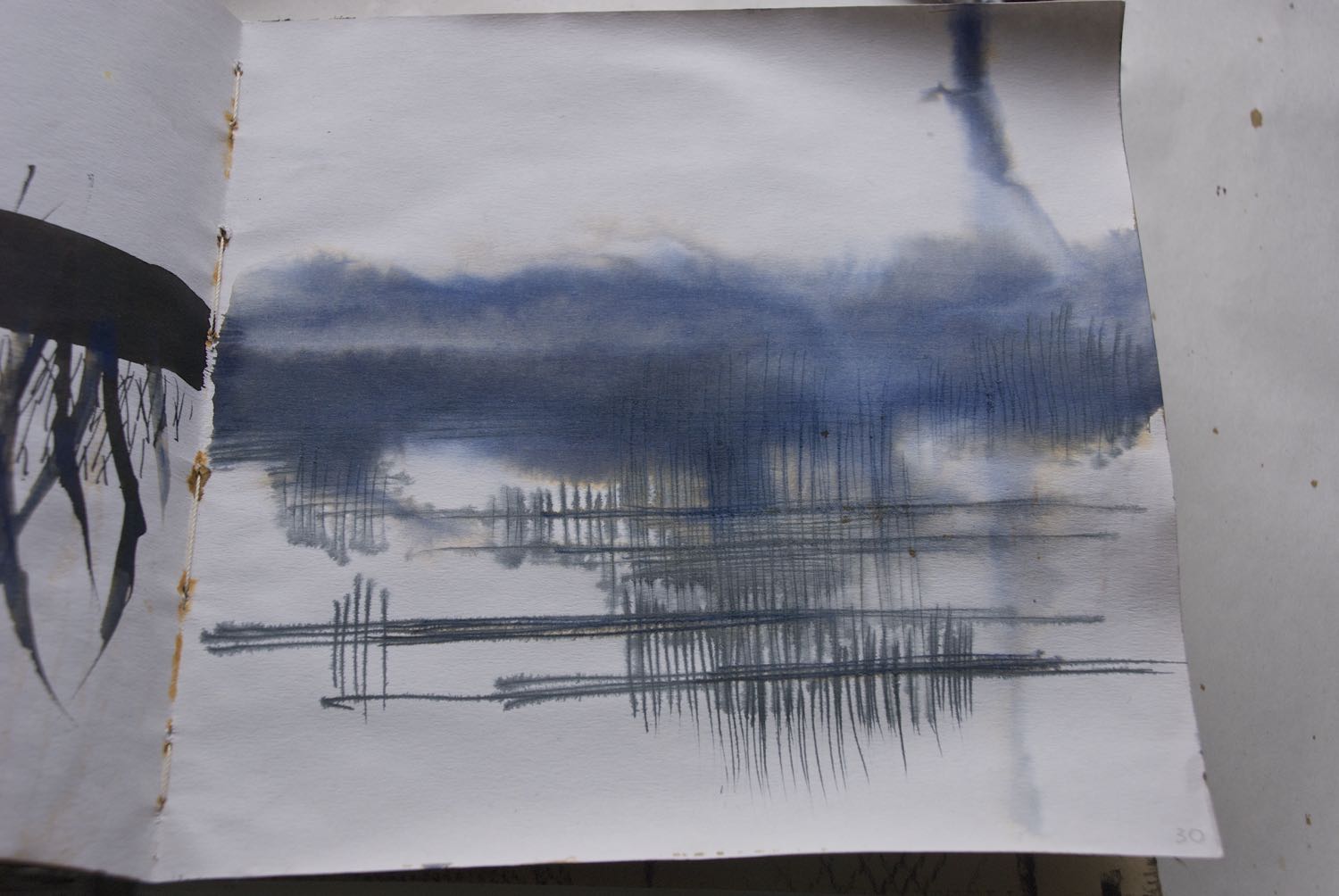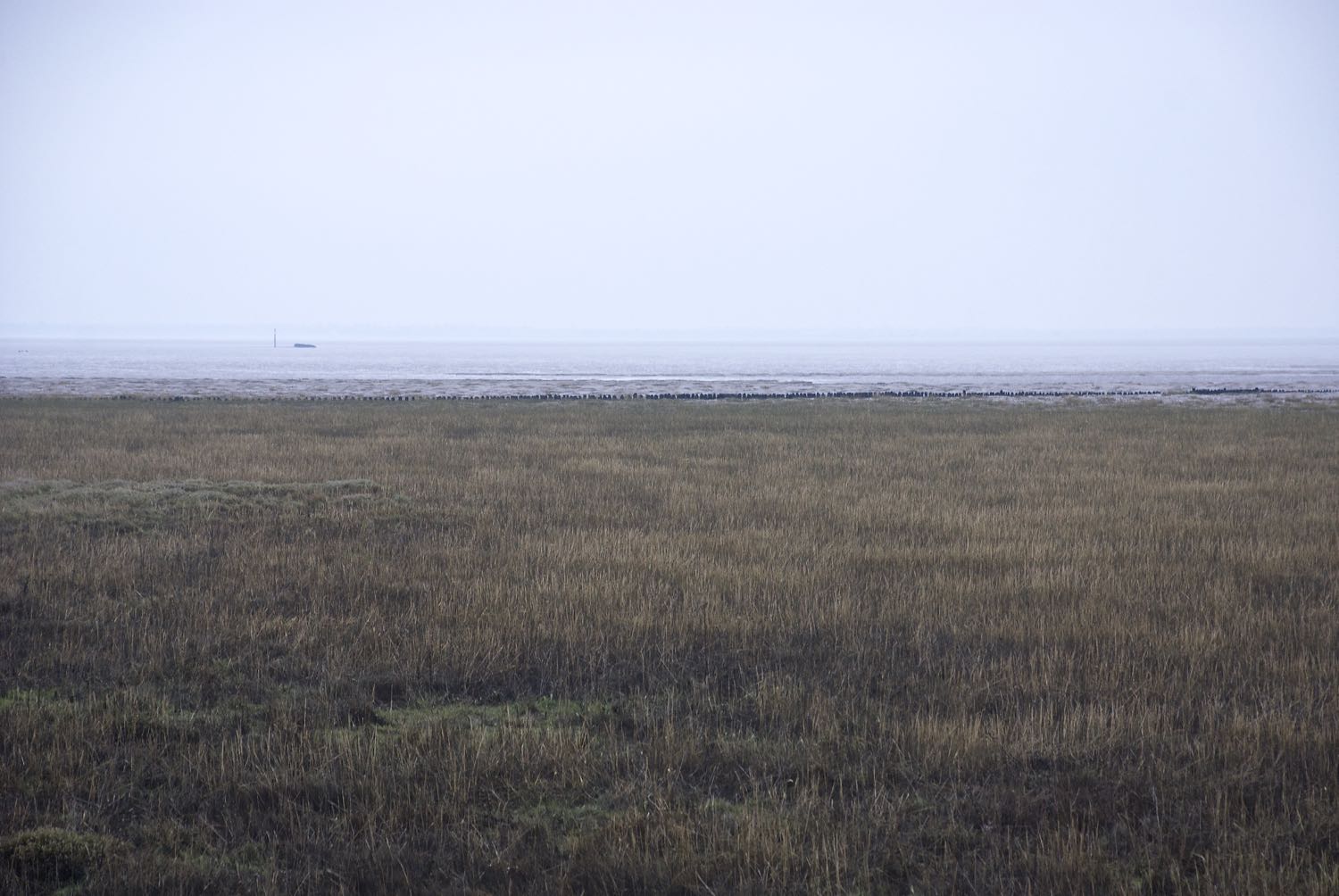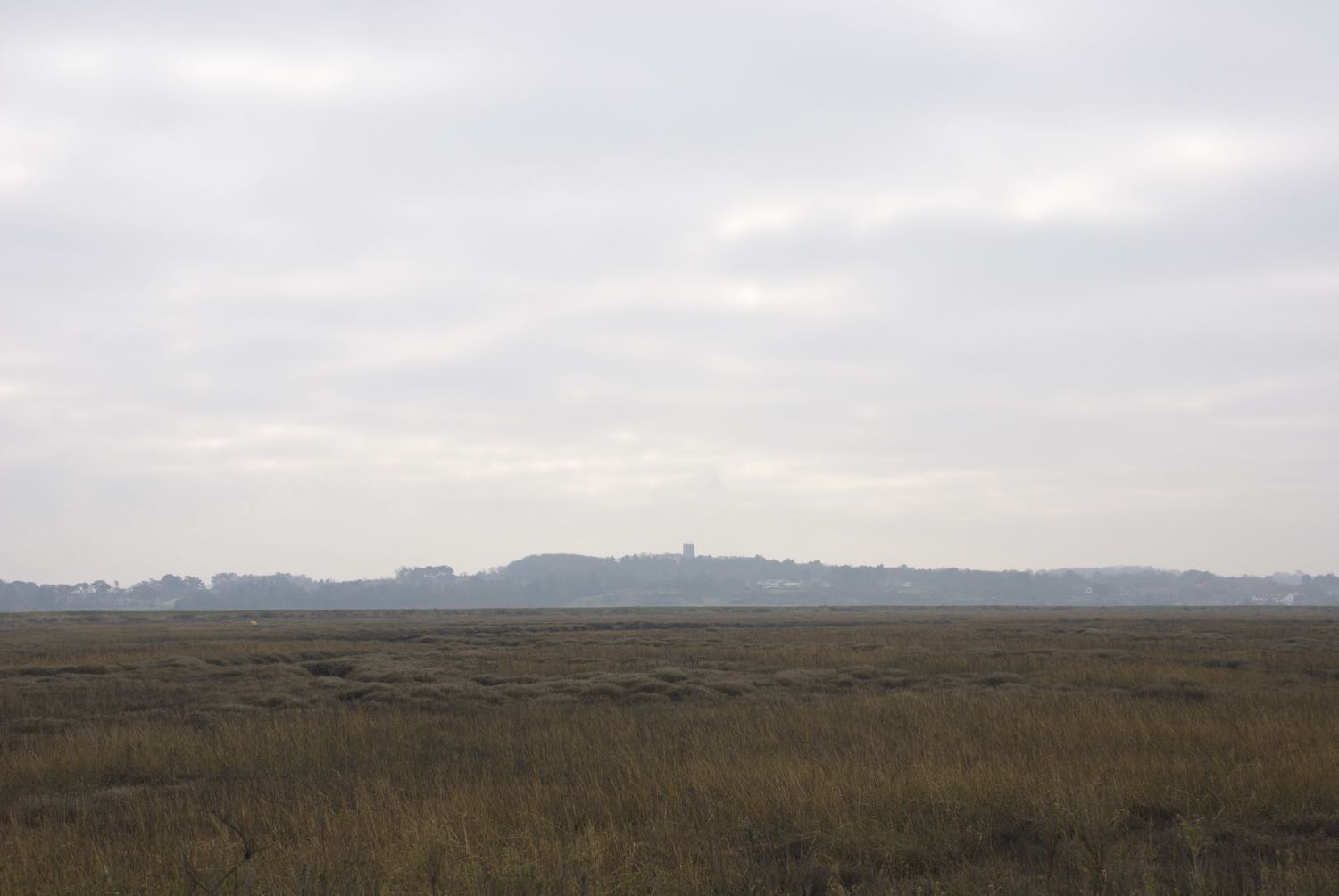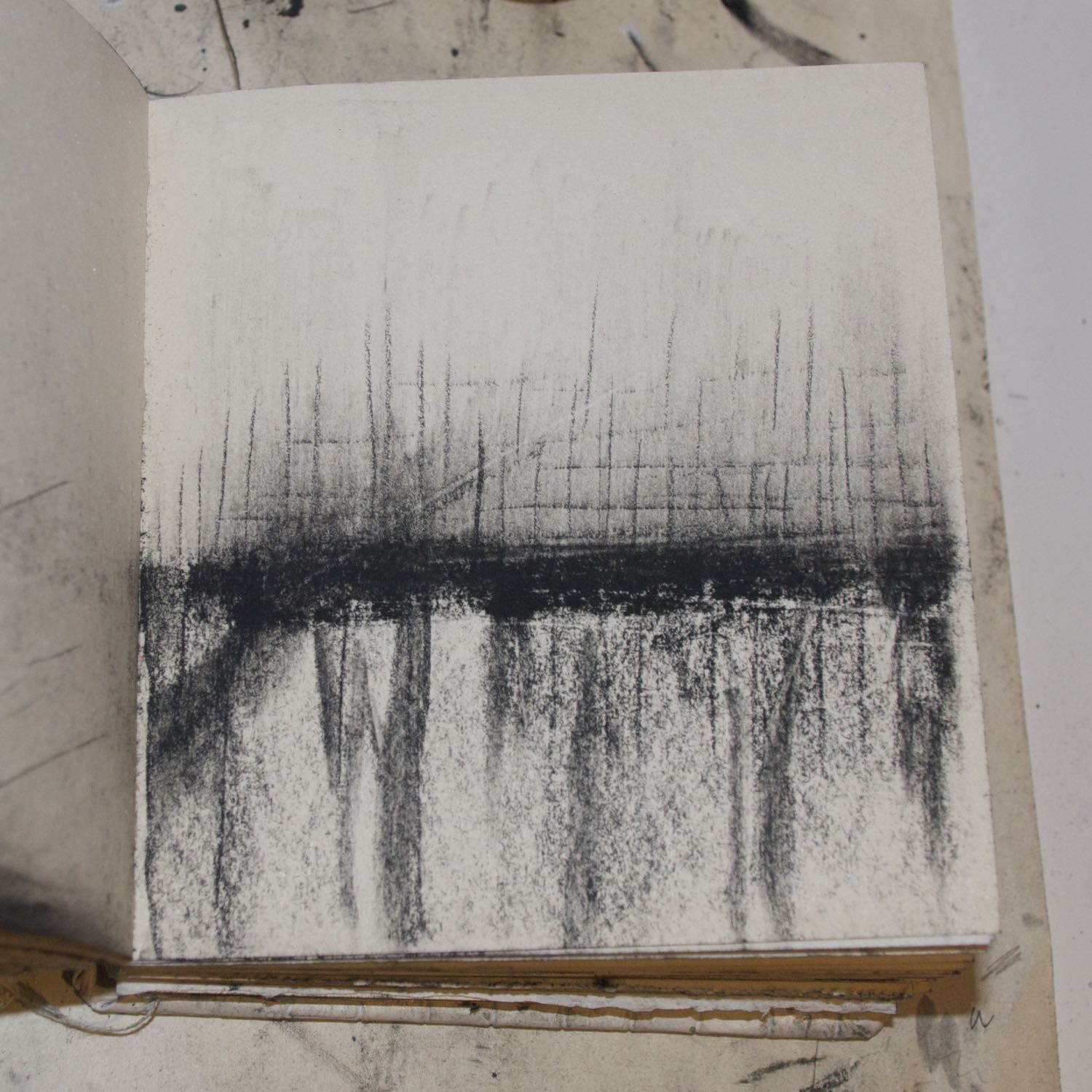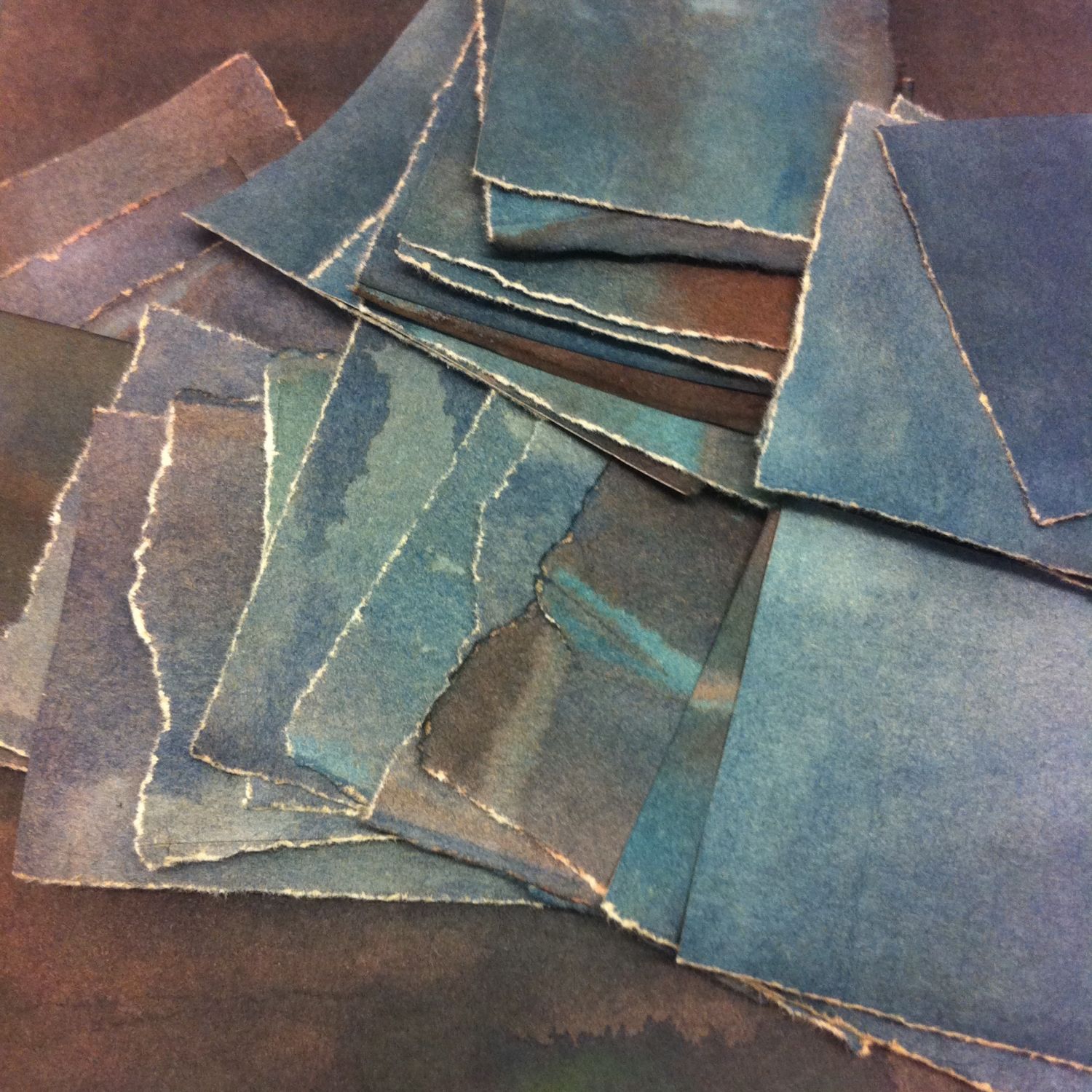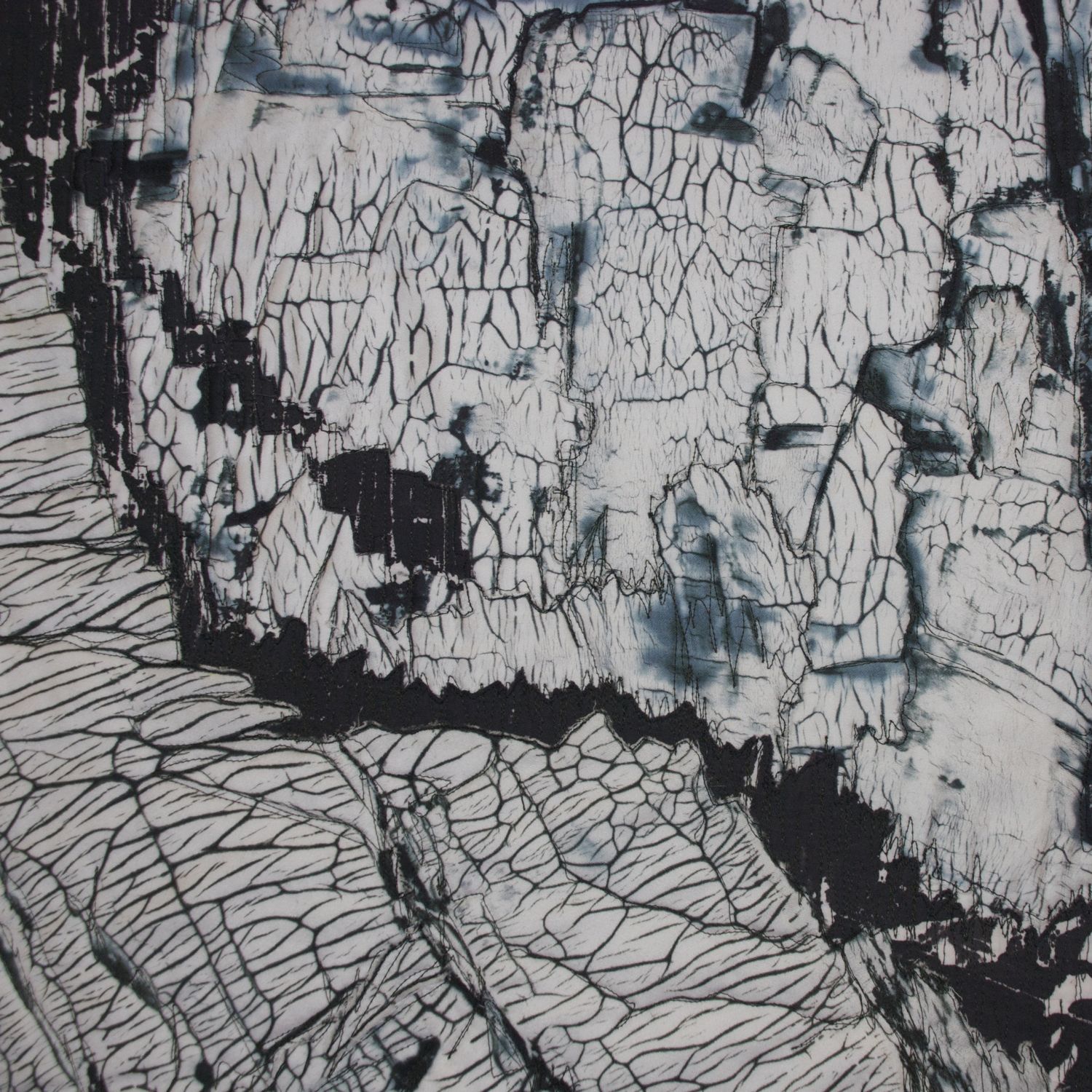This week I tidied my desk. Then I tidied my study. Then I tidied my studio. It may not look that tidy but any time the floor and most of the work surfaces are clear counts as tidy enough for me. In general I tend to feel that a spotless studio is one where not a lot of work is happening ... but on the other hand I love it when the studio is clean and I have lots of space again.
I'm not a tidy worker. I like to leave things out when I'm working on something. I like to be able to see everything. After a while, surfaces get taken over by piles of this or piles of that. When I urgently need some space, a pile gets moved to the floor. As long as everything stays in its pile, I know where it is.
But I don't like clutter. Eventually it just frustrates me and I have to clear up. Of course, when I do tidy up, I spend about a third of the time cleaning and putting stuff away and the other two thirds looking at things. The random drawing I had dismissed that now looks rather interesting. Accidental fabric combinations that suggest something new. The book or article I haven't got around to reading. It has always been this way with me.
And all the time I have been clearing up this week, I am perfectly aware that the other thing that is going on here is that I am procrastinating. For a few weeks now I have been finding it really hard to settle. I have worked, but it has been piecemeal. Nibbling at the edges. Better than nothing of course, but I've been frustrated with myself, feeling that I'm not getting on with things; not making best use of my time.
I realised that the problem is that there are too many things I want to do. I listed out in my sketchbook all the ideas and experiments I want to try. It's a long list. I also want to spend some time drawing. Meanwhile, back in the house I have a pile of things to read, watch and write about. And there is work in progress to finish. So when I do have studio time I find myself torn between the playful, experimental things versus the things I feel I "should" be doing. The result is that I haven't made real progress with anything ... and it became easier to tidy my desk, my study and then my studio than to do something more creative.
The clutter in my studio mirrored the clutter in my head. Now the studio is tidy I need another clear out, following much the same principles. I need to take care of the things that really must get done because that nagging "you should be doing x" feeling is what's stopping me from settling down to the more interesting stuff. But perhaps I can operate the same 1:2 rule - a third of the time on the "musts" and the "shoulds"; the rest on the experimental things that may lead nowhere ... or may move my work forward.

